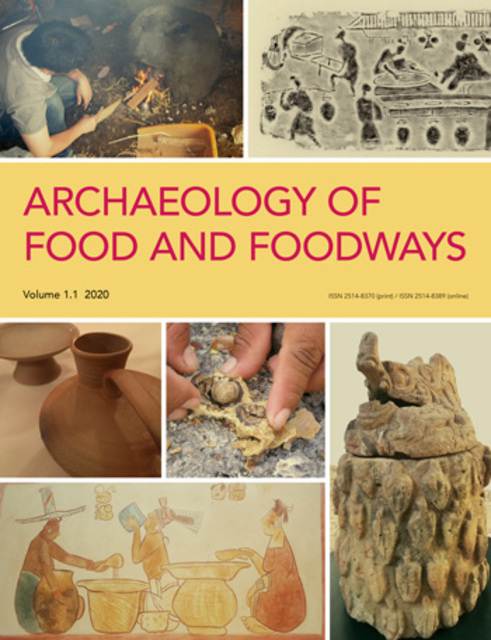AFF/An Ethnoarchaeological Study on Salt-Fermented Fish in the Upper Mun River Valley, Northeast Thailand

Full description
Salt-fermented fish is a staple food item in the traditional diets of Northeast Thailand. Rural households make fermented fish by using local salt resources to preserve seasonal fish supplies, allowing them to ferment and store surplus fish for the dry season. Evidence suggests that this food preservation strategy predates modern dietary practices, and was important in the prehistoric foodways of Northeast Thailand. Using ethnoarchaeological methods, we examine and compare contemporary fermented-fish production, which relies heavily on locally made salt, with archaeological data for these same prehistoric food items and industries. Ethnographic data is compared to archaeological data from the site of Ban Non Wat and the greater Upper Mun River Valley of Northeast Thailand during the Iron Age, which demonstrates a significant increase in the procurement and production of fish and salt resources, and rice cultivation, during the 1st millennium AD. It was also a period of significant social and environmental change, with a marked climatic shift towards distinct wet and dry seasons favoring the exploitation of and reliance on seasonal supplies of fish and salt, as is done today. From this evidence, we establish a correlation between ancient and modern fish and salt production, procurement, preparation, preservation, and consumption practices.
- typeImage
- created on
- file formatjpg
- file size85 KB
- container titleArchaeology of Food and Foodways
- creatorAndrea Yankowski; Dr. Nigel Chang; Puangtip Kerdsap
- issn2514-8389 (Online)
- issue1.2
- publisherEquinox Publishing Ltd.
- publisher placeSheffield, United Kingdom
- rights holderEquinox Publishing Ltd.
- doi
We use cookies to analyze our traffic. Please decide if you are willing to accept cookies from our website. You can change this setting anytime in Privacy Settings.
